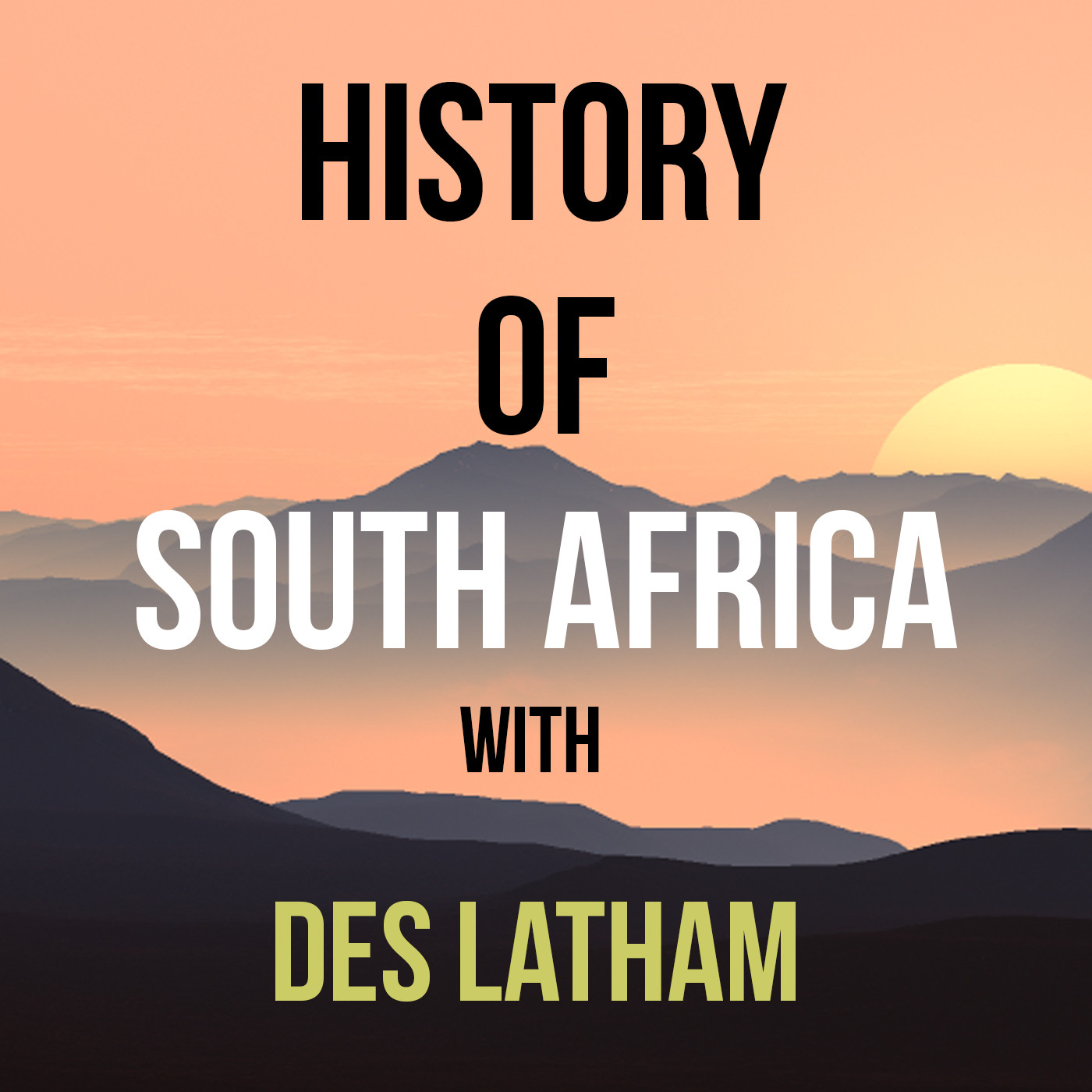- History
- SEE MORE
- classical
- general
- talk
- News
- Family
- Bürgerfunk
- pop
- Islam
- soul
- jazz
- Comedy
- humor
- wissenschaft
- opera
- baroque
- gesellschaft
- theater
- Local
- alternative
- electro
- rock
- rap
- lifestyle
- Music
- como
- RNE
- ballads
- greek
- Buddhism
- deportes
- christian
- Technology
- piano
- djs
- Dance
- dutch
- flamenco
- social
- hope
- christian rock
- academia
- afrique
- Business
- musique
- ελληνική-μουσική
- religion
- World radio
- Zarzuela
- travel
- World
- NFL
- media
- Art
- public
- Sports
- Gospel
- st.
- baptist
- Leisure
- Kids & Family
- musical
- club
- Culture
- Health & Fitness
- True Crime
- Fiction
- children
- Society & Culture
- TV & Film
- gold
- kunst
- música
- gay
- Natural
- a
- francais
- bach
- economics
- kultur
- evangelical
- tech
- Opinion
- Government
- gaming
- College
- technik
- Jesus
- Health
- movies
- radio
- services
- Church
- podcast
- Education
- international
- Transportation
- Other
- kids
- podcasts
- philadelphia
- Noticias
- love
- sport
- Salud
- film
- and
- 4chan
- Disco
- Stories
- fashion
- Arts
- interviews
- hardstyle
- entertainment
- humour
- medieval
- literature
- alma
- Cultura
- video
- TV
- Science
- en
Episode 6 - Mapungubwe, Great Zimbabwe, the first Sotho/Tswana and Nguni and a bit of Bartolomeu Dias

As we heard last episode Mapungubwe emerged from the increased trade between central south Africa and the East Coast seaboard including ivory, skins and eventually, gold around 1000AD.
\n
\nUnlike areas of Africa further north and north west, slave trade did not impact this region for a number of reasons. The main is distance. Each mile further south from the main Arabian, Asian and European \u2013 then American centers of slavery meant was a threat to the survival of those unfortunate souls seized as slaves by intermediaries.
\n
\nSo Mapungubwe and Great Zimbabwe were not crucial in the trade of humans over the centuries, their power lay in goods rather than people.
\n
\nWe heard too how by the start of the eleventh century Mapungubwe culture had shifted from the Complex Cattle Pattern where each settlement featured a large cattle kraal in the centre \u2013 to something very different.
\n
\nThe spatial expression of status and the greater social distance between elite and commoner was expressed through the trade and storage of valuable products that replaced cattle as items regarded as most important.
\n
\nWhile ivory had been traded for hundreds of years, gold became extremely important to the Mapungubwe people. Gold plated rhino statuettes, a bowl and scepter have been found in the grave or what we think was a royal cemetery on the Mapungubwe main settlement hilltop.
\n
\nIn more modern Shona ethnography, the black rhino is a symbol of political power and leadership so there is some speculation that the golden rhino found in the grave pointed to an important burial site. These royal burial sites are also smothered in some thing else \u2026 thousands of gold and glass trade beads
\nBy 1000AD the first Tsotho/Tswana people and Nguni arrive - the latter following a course along the KwaZulu Natal coast.